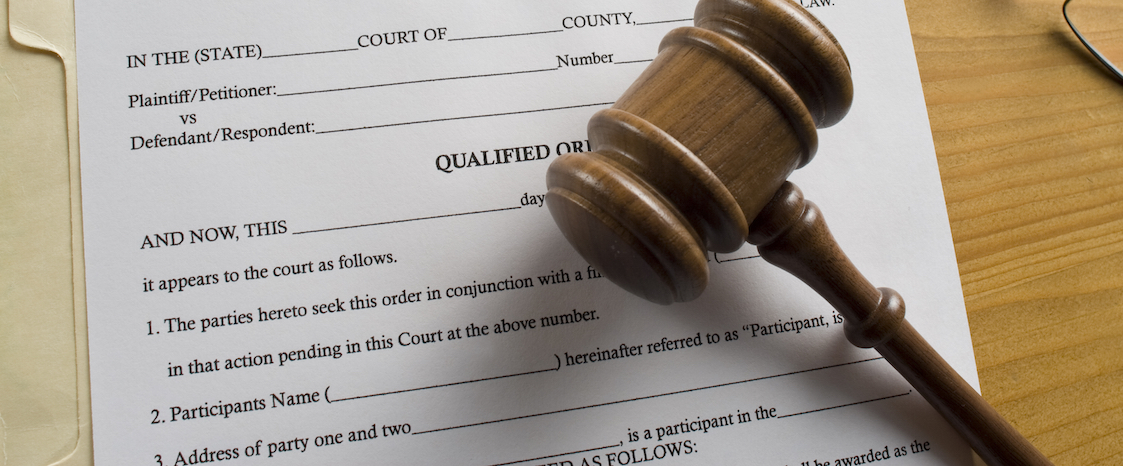The “lock ’em up and throw away the key” mindset that took hold in the 1980s in response to rising crime and drug use is showing increasing signs of waning with new calls for judicial change and the commutation of 46 nonviolent drug offenders’ sentences.
In a speech before the National Association for Advancement of Colored People (NAACP) on July 14, 2015, President Barack Obama called for an overhaul of sentencing guidelines for nonviolent drug crimes, many of which are unduly harsh and have disproportionately affected minorities and the poor. “In far too many cases,” he said, “the punishment simply doesn’t fit the crime.”
The president’s words came a day after his commutation of the sentences of 46 nonviolent drug offenders, almost all of whom would already be free if they had been sentenced under today’s guidelines and who “deserve their second chance,” Obama said in a video announcement. Most of the 46 had been sentenced to at least 20 years, the president noted, and 14 of the group had been sentenced to life in prison for nonviolent drug crimes.
The action brings to 89 the number of sentences the president has commuted since being in office. Of those, 76 have been for nonviolent drug offenses.
Activists working to reform mandatory minimum sentencing guidelines note, however, that the numbers represent only the tip of the iceberg. More than 35,000 inmates applied when the White House announced in 2014 that it would accept clemency requests from nonviolent offenders in an attempt to address inequities in the criminal justice system, leading to a massive backlog.
Still, the commutations and the call for sentencing reform were lauded by those on the frontlines of addiction research and treatment, who have long called for a more effective and compassionate response to our nation’s epidemic of drug use.
“We applaud President Obama’s action as an example of national leadership in changing our response to addiction,” said Emily Feinstein, JD, director of health law and policy for The Center on Addiction and Substance Abuse at Columbia University (CASAColumbia). “Addiction should be treated as a public health issue. While it is appropriate to punish people for crimes they commit while high or on drugs, we must be careful not to criminalize addiction itself.”
She noted that 85% of those in the justice system are substance-involved, meaning they are substance abusers, were under the influence of drugs or alcohol when they committed their crimes, stole to buy a substance, violated alcohol or drug laws, or share some combination of these characteristics. Yet only 11 percent of those who need addiction treatment get it while behind bars.
It’s crucial, then, Feinstein said, to “improve the way we identify and treat people with addiction — ideally reaching them before they fall through the cracks and wind up in the justice system.”
The High Cost of Incarcerating the Addict
According to the Federal Bureau of Prisons, the total federal inmate population has grown from close to 25,000 in the early 1980s to more than 200,000 today. Half of those imprisoned were convicted of nonviolent drug offenses.
More presidential commutations are possible before Obama leaves office, but the president made clear that he is pinning his hopes on bipartisan cooperation and Congressional action on the issue. In this, he has some cause for optimism.
“Right now, with our overall crime rate and incarceration rate both falling,” Obama said as he announced the latest commutations, “we are at a moment when some good people in both parties, Republicans and Democrats, and folks all across the country are coming together around ideas to make the system work smarter, to make it work better.”
In addition to the humanitarian aspects of change in the prison system, economics also comes into play. Obama noted that the nation spends more than $80 billion annually to incarcerate people who “often have only been engaged in nonviolent drug offenses.”
How Addiction Treatment Pays Off
CASAColumbia’s Feinstein noted that research shows the best approach to improving outcomes for substance users while protecting public safety is through effective addiction treatment. That includes offering treatment as an alternative to incarceration in some cases, as well as having trained health care professionals in courts and prisons who can determine who needs treatment and to provide it. Also crucial is follow-up support and treatment that follows the person into the community and helps them reintegrate after release.
While such care sounds expensive, research shows that each dollar spent on treatment has the potential to translate to dramatic savings.
A 2013 study by researchers at RTI International and Temple University found, for example, that if just 10% of eligible offenders were diverted to community-based treatment programs rather than being sent to prison, the criminal justice system would save $4.8 billion. Increase the number of participants to 40% and the savings climb to $12.9 billion. And a 2010 CASAColumbia study found that the nation would break even in a year on the cost of providing addiction treatment and aftercare to all inmates who need it even if just over 10% of those receiving help were successful in staying out of trouble, employed and away from drugs after their release.
“People who suffer from addiction have higher rates of recidivism,” Feinstein said, “but those who receive effective treatment for their addiction are less likely to commit crimes and to return to prison. The evidence suggests that this is true not only for nonviolent offenders but perhaps for violent offenders as well.”
It’s more reason for moving away from the desire to punish the addict and moving toward policies that help those struggling with substances return to productive citizenship. Mass incarceration as a solution to our national ills “makes our country worse off,” Obama concluded in his NAACP address, “and we need to do something about it.”








